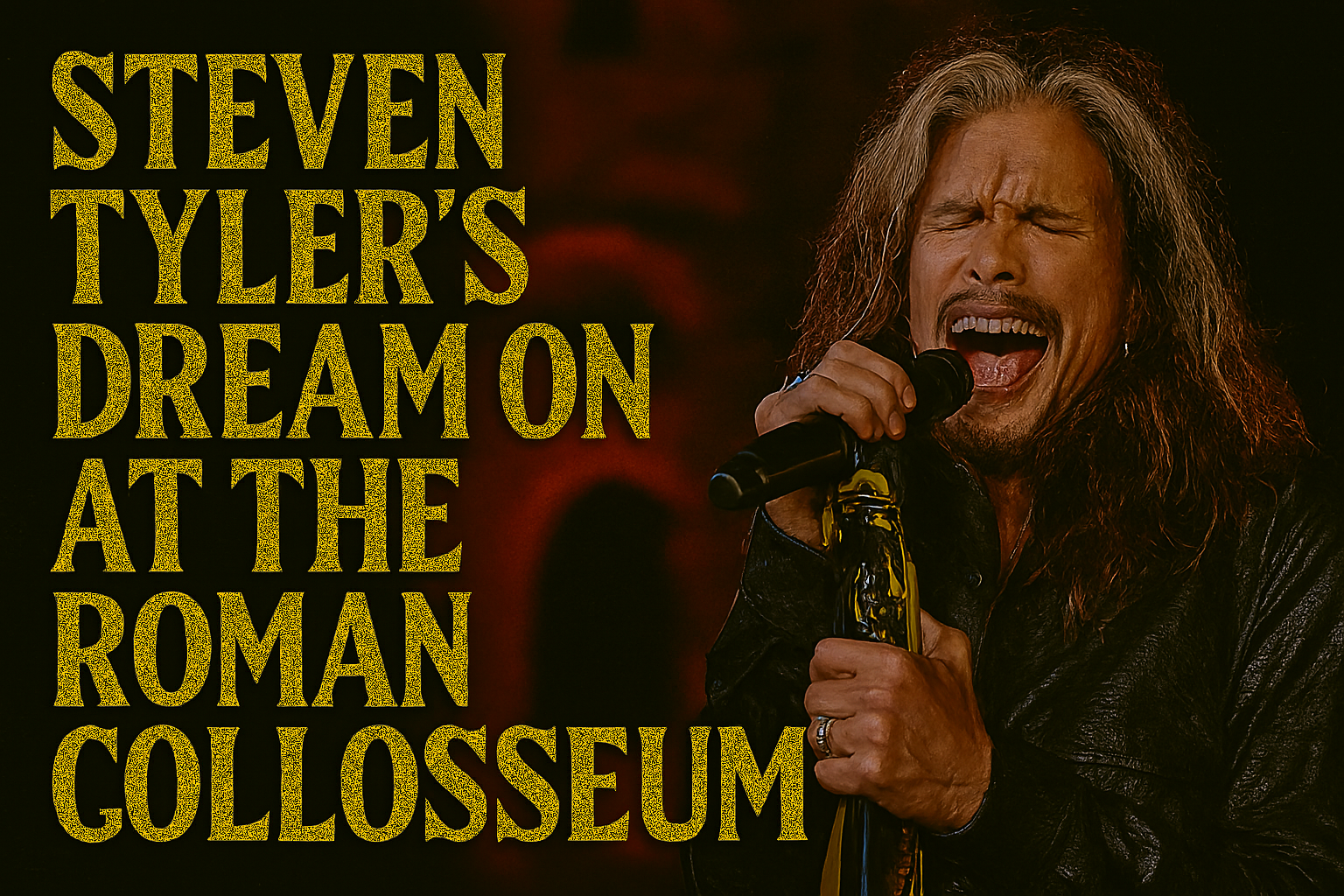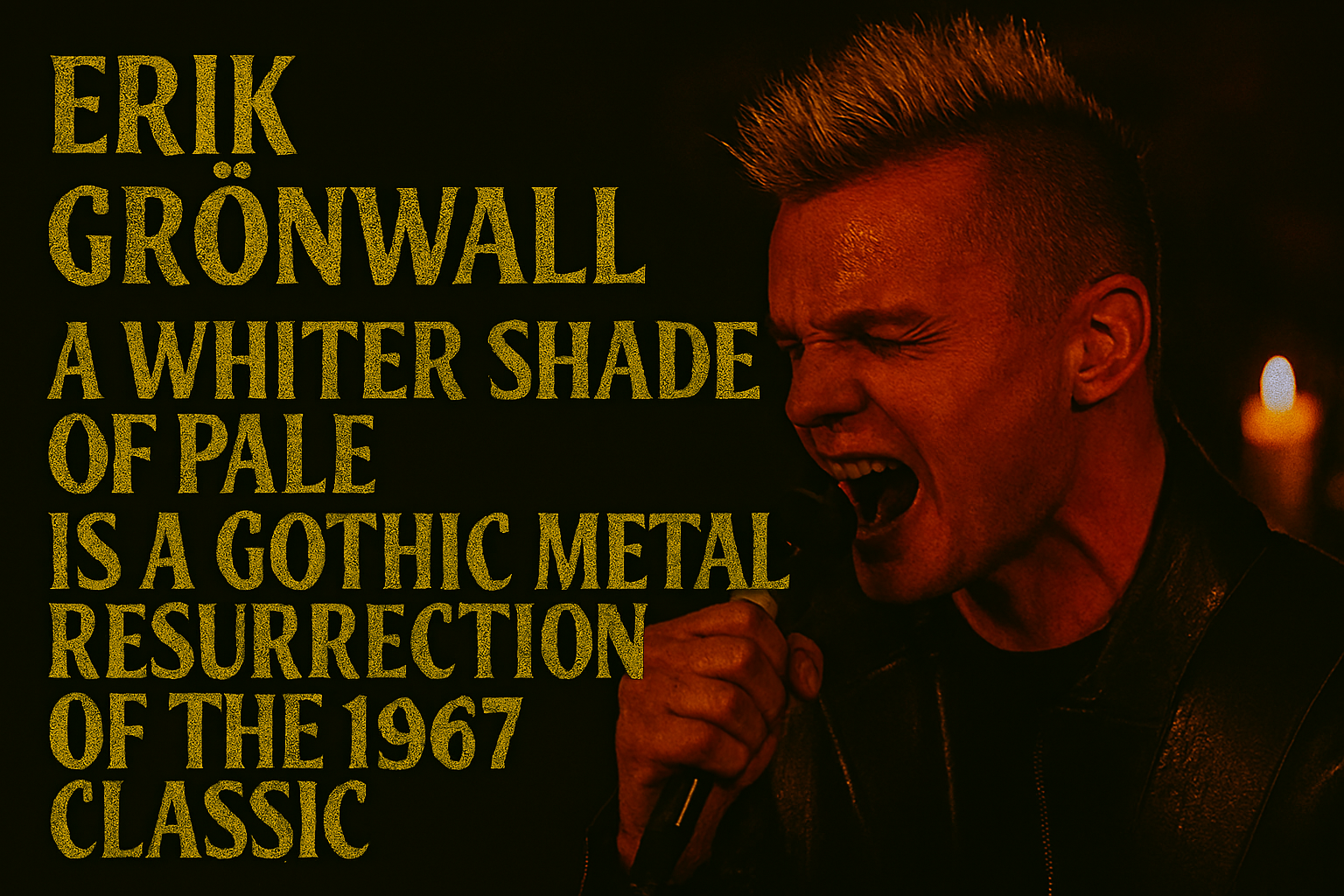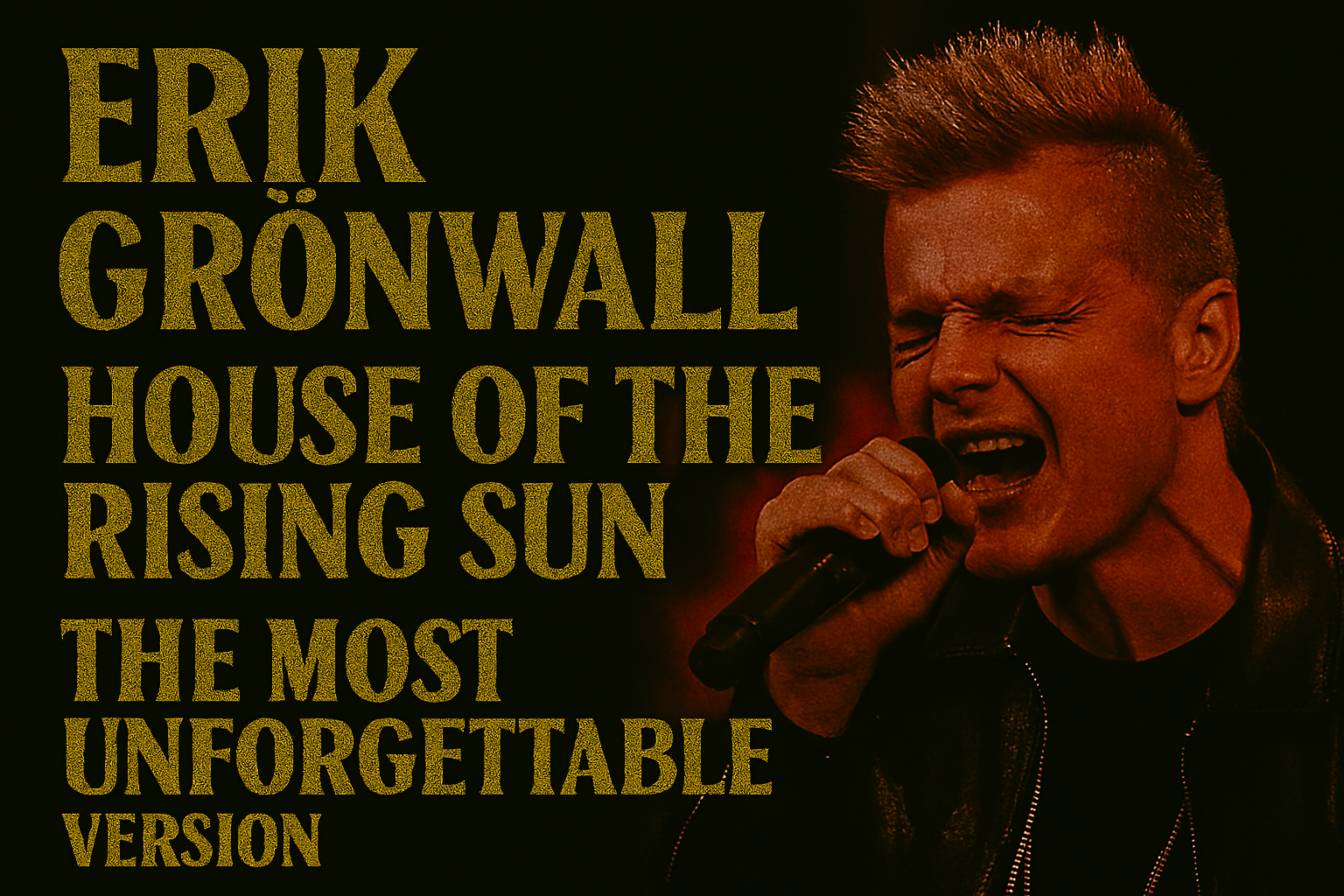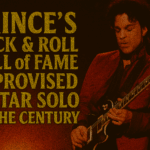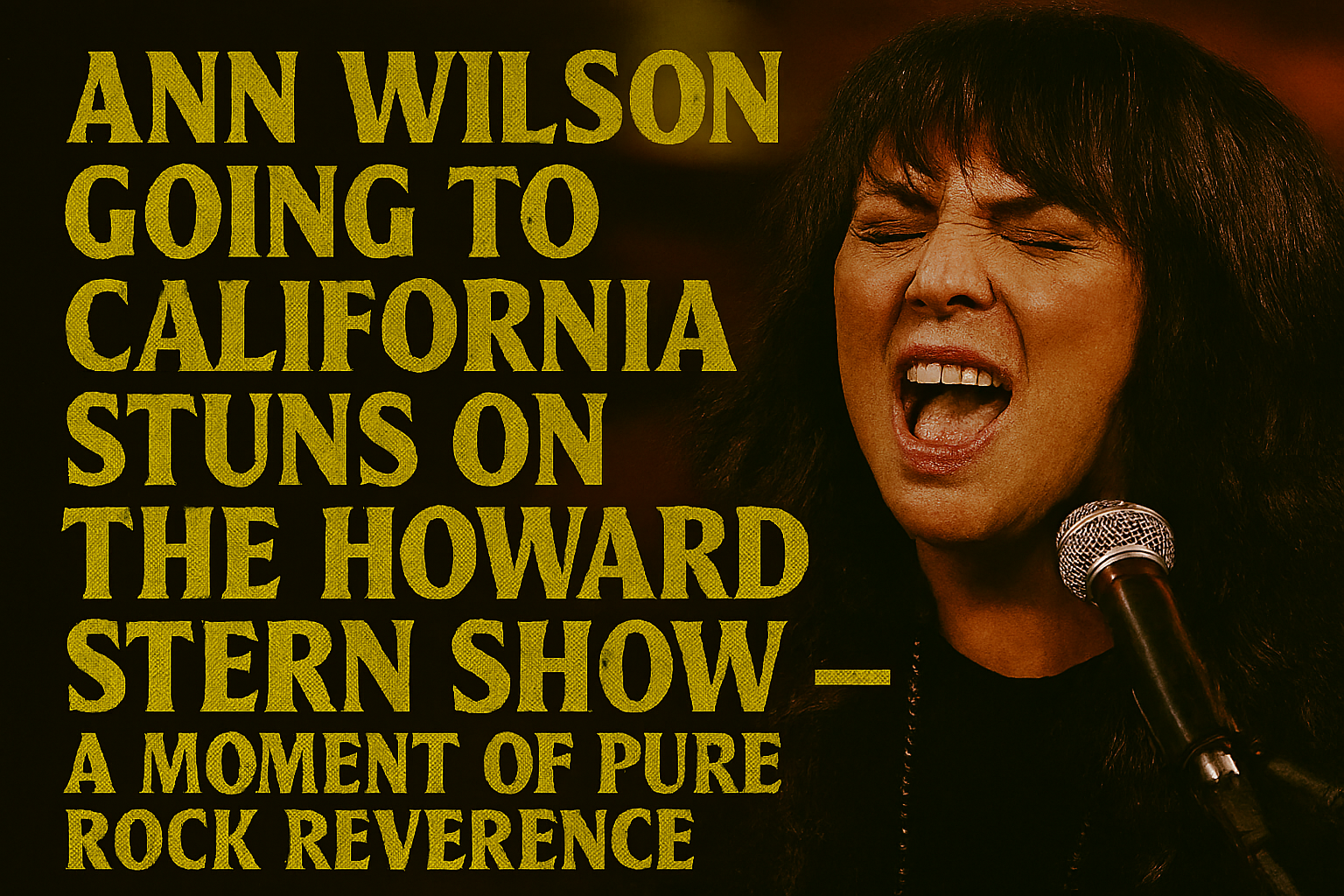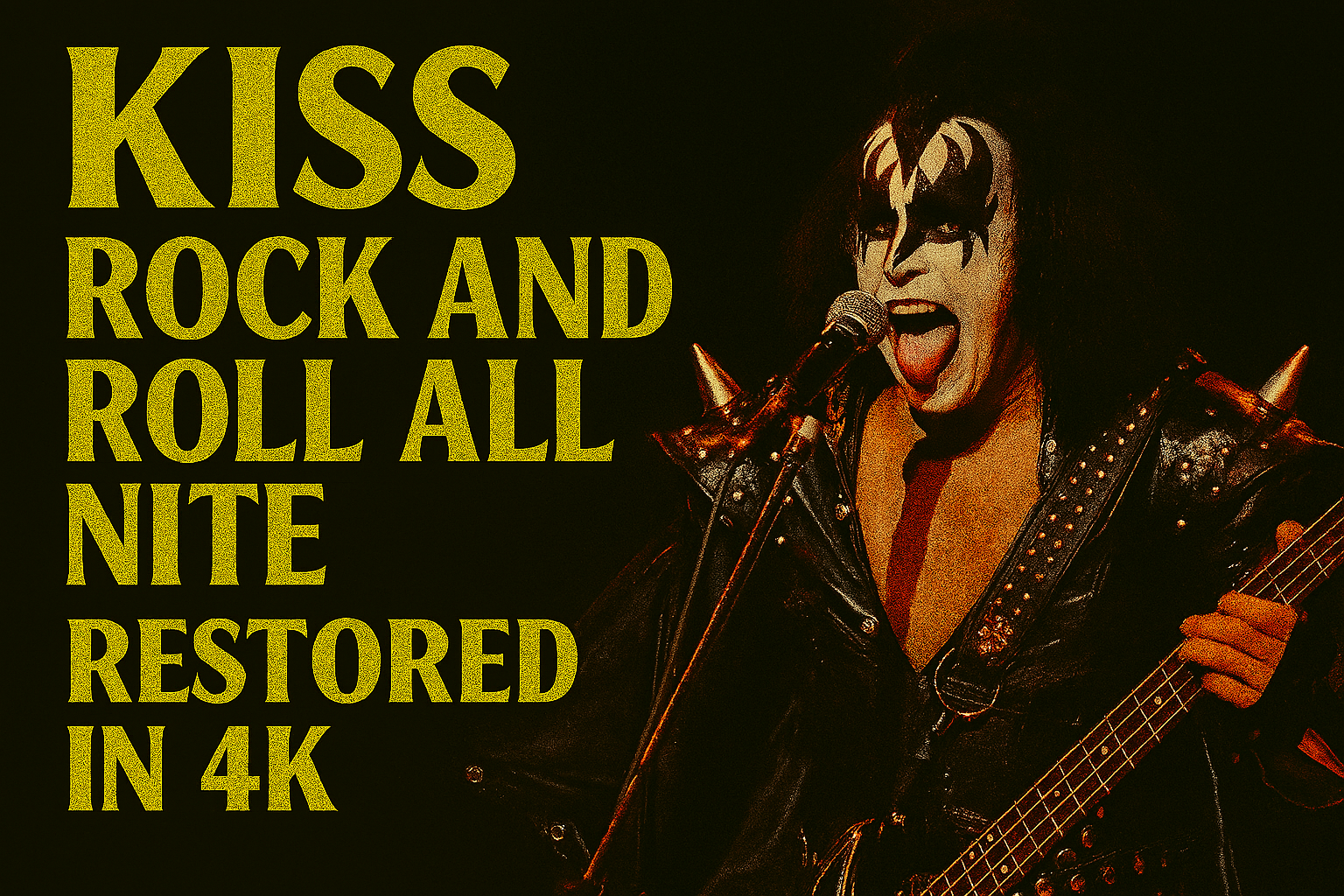In 2017, as part of Andrea Bocelli’s Celebrity Fight Night charity gala, Steven Tyler took the stage at the Roman Colosseum—one of the world’s most iconic historical landmarks—to deliver a soul-stirring rendition of Aerosmith’s legendary ballad “Dream On.” The performance was unlike any other in his career, blending the raw power of rock with the elegance of classical instrumentation, and it quickly became a viral sensation.
Tyler was joined by the Croatian cello duo 2CELLOS—Hauser and Luka Šulić—whose orchestral arrangement transformed the song into a cinematic experience. As Tyler moved across the stage with his signature swagger, the cellists built a majestic sonic landscape around him. Their bows danced across strings with precision and emotion, creating a symphonic backdrop that elevated the performance to new heights. The chemistry between the three artists was palpable—an electric mix of admiration, excitement, and shared artistry that reverberated through the ancient venue.
What made the moment even more powerful was Tyler’s vocal delivery. Performing without autotune or studio polish, his voice was raw, weathered, and deeply human. Every note carried decades of experience, pain, and passion. As he belted out the iconic lines—“Sing with me, sing for the year / Sing for the laughter, sing for the tear”—his voice echoed off the centuries-old stone walls of the Colosseum, creating a haunting resonance that left the audience breathless.
The setting itself added a layer of magic. The Roman Colosseum, bathed in soft lighting and surrounded by history, became more than a venue—it became a character in the performance. The juxtaposition of ancient architecture and modern music created a timeless atmosphere, reminding viewers of music’s power to transcend eras and genres.
The performance was part of a larger event that featured other notable artists, including Andrea Bocelli, Elton John, and David Foster. But Tyler’s rendition of “Dream On” stood out as the emotional centerpiece. It wasn’t just a concert—it was a moment of artistic fusion, where rock met classical, past met present, and emotion met grandeur.
The video of the performance quickly went viral, amassing over ten million views on YouTube and sparking praise from fans and critics alike. Viewers called it “a spiritual experience,” “goosebumps-inducing,” and “one of the greatest live performances ever captured.” Many were moved to tears, citing the raw emotion and the unexpected beauty of the cello arrangement.
For Tyler, the performance was a testament to his enduring artistry. At a time when many artists rely on production and effects, he proved that authenticity and emotion still reign supreme. His voice, though aged, carried more weight than ever. It wasn’t perfect—but it was real. And that realness struck a chord with audiences around the world.
Hauser and Luka’s contribution cannot be overstated. Their ability to translate rock energy into classical expression gave the performance its unique character. The cello, often associated with melancholy and depth, became a conduit for the song’s emotional core. Their interplay with Tyler was seamless, respectful, and inspired.
The collaboration also highlighted the growing trend of genre fusion in live music. More and more artists are exploring the intersection of rock, classical, and cinematic soundscapes. Tyler’s performance at the Colosseum is now cited as a prime example of how such fusion can elevate a song’s meaning and impact.
In the end, the performance was more than just a tribute to a classic song—it was a celebration of music’s universal language. It showed that even in a venue built for gladiators and ancient spectacles, a rock ballad could move hearts and stir souls. It reminded us that music, when delivered with honesty and passion, can echo across centuries.
Steven Tyler’s “Dream On” at the Roman Colosseum wasn’t just a concert. It was a once-in-a-lifetime moment—a collision of history, emotion, and artistry that will be remembered for years to come.
